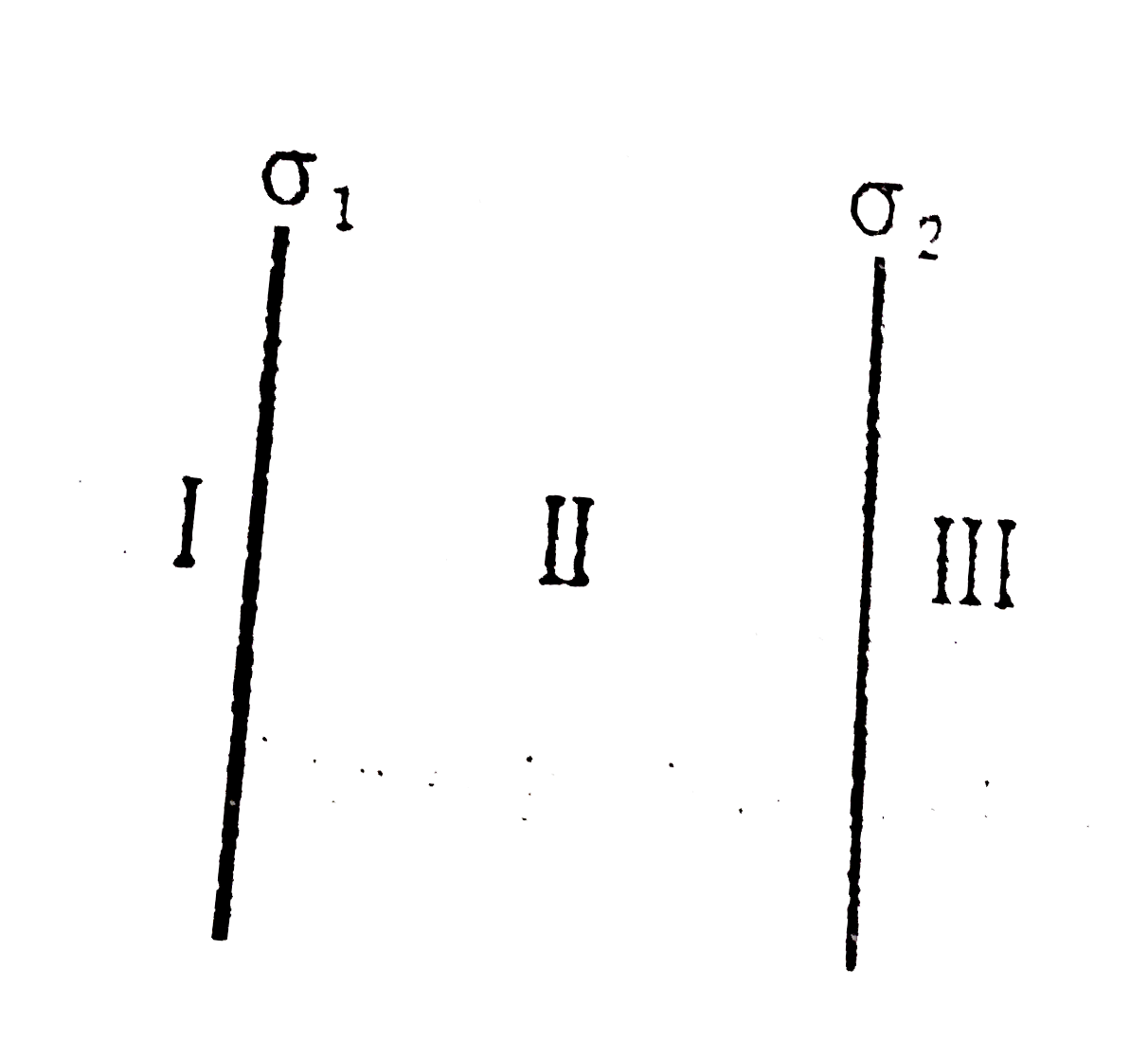ColumnIColumnII(A)Lyman series(P)Visible region(B)Humphery series(Q)Ultraviolet region(C)Paschen series(R)Infrared region(D)Balmer series(S)Far infared region
To solve the problem of matching the series in Column I with their corresponding regions in Column II, we will analyze each series and identify the correct match step by step.
1. Identify the Series:
- The series given are:
- A: Lyman series
- B: Humphrey series
- C: Paschen series
- D: Balmer series
2. Understand Each Series:
- Lyman Series (A): This series involves transitions where the lower energy level (n1) is 1. The emitted light from these transitions falls in the ultraviolet region.
- Balmer Series (D): This series involves transitions where the lower energy level (n1) is 2. The emitted light from these transitions falls in the visible region.
- Paschen Series (C): This series involves transitions where the lower energy level (n1) is 3. The emitted light from these transitions falls in the infrared region.
- Humphrey Series (B): This series involves transitions where the lower energy level (n1) is 4. The emitted light from these transitions falls in the far infrared region.
3. Match Each Series with the Correct Region:
- Lyman Series (A) matches with Ultraviolet Region (Q).
- Balmer Series (D) matches with Visible Region (P).
- Paschen Series (C) matches with Infrared Region (R).
- Humphrey Series (B) matches with Far Infrared Region (S).
4. Final Matches:
- A → Q (Lyman series → Ultraviolet region)
- B → S (Humphrey series → Far infrared region)
- C → R (Paschen series → Infrared region)
- D → P (Balmer series → Visible region)
Summary of Matches:
- A: Lyman series → Q: Ultraviolet region
- B: Humphrey series → S: Far infrared region
- C: Paschen series → R: Infrared region
- D: Balmer series → P: Visible region
- The series given are:
- A: Lyman series
- B: Humphrey series
- C: Paschen series
- D: Balmer series
- Lyman Series (A): This series involves transitions where the lower energy level (n1) is 1. The emitted light from these transitions falls in the ultraviolet region.
- Balmer Series (D): This series involves transitions where the lower energy level (n1) is 2. The emitted light from these transitions falls in the visible region.
- Paschen Series (C): This series involves transitions where the lower energy level (n1) is 3. The emitted light from these transitions falls in the infrared region.
- Humphrey Series (B): This series involves transitions where the lower energy level (n1) is 4. The emitted light from these transitions falls in the far infrared region.
- Lyman Series (A) matches with Ultraviolet Region (Q).
- Balmer Series (D) matches with Visible Region (P).
- Paschen Series (C) matches with Infrared Region (R).
- Humphrey Series (B) matches with Far Infrared Region (S).
- A → Q (Lyman series → Ultraviolet region)
- B → S (Humphrey series → Far infrared region)
- C → R (Paschen series → Infrared region)
- D → P (Balmer series → Visible region)
- A: Lyman series → Q: Ultraviolet region
- B: Humphrey series → S: Far infrared region
- C: Paschen series → R: Infrared region
- D: Balmer series → P: Visible region
Similar Questions
In case of hydrogen spectrum wave number is given by
¯v=RH[1n21−1n22] where n1>n2
ColumnIColumnII(A)Lyman series(P)n2=2(B)Balmer series(Q)n2=3(C)Pfund series(R)n2=6(D)Brackett series(S)n2=5
View SolutionMATCH THE COLUMN
Column-IColumn-II(A)Aufbau principal(p)Line spectrum in visible region(B)de broglie(q)Orientation of an electron in an orbital(C)Angular momentum(r)Photon(D)Hund's rule(s)λ=h/mv(E)Balmer series(t)Electron configuration(F)Planck's law(u)mvr
View SolutionWhich series of H2 atom lie in infrared region?
View SolutionColumnIColumnII(A)Thomson model of atom(P)Electrons are present in extra nucler region(B)Rutherford model of atom(Q)Electron in the atom is described as wave(C)Bohr model of atom(R)Positive charge is accumulated in the nucleus(D)Schrodinger model of hydrogen atom(S)Uniform sphere of positive charge with embedded electrons
View SolutionIn which region lines of Balmer series like
View SolutionMatch the column and find out the correct combination
ColumnIColumnIIaStarchpProtein synthesisbHaemoglobinqSex hormonecRNArStorage productdSteroidsTransportofgases
View SolutionName the series of lines in the hydrogen spectrum which lie in the infrared region.
View SolutionTwo parallel metallic plates have surface charge densities σ1 and σ2 as shown in figure.

Column-IColumn-II(A)If σ1+σ2=0(p)Electric field in region III is towards right(B)Ifσ1+σ2>0(q)Electric field in region I is zero(C)If σ1+σ2<0(r)Electric field in region I is towards roght(s)Nothing can be said
View SolutionHow many spectral line of balmer series present in visible region :
View SolutionColumnI(Shell)ColumnII(Value of l)(A)2nd(P)1(B)3rd(Q)2(C)4th(R)3(D)1st(S)0
View Solution
